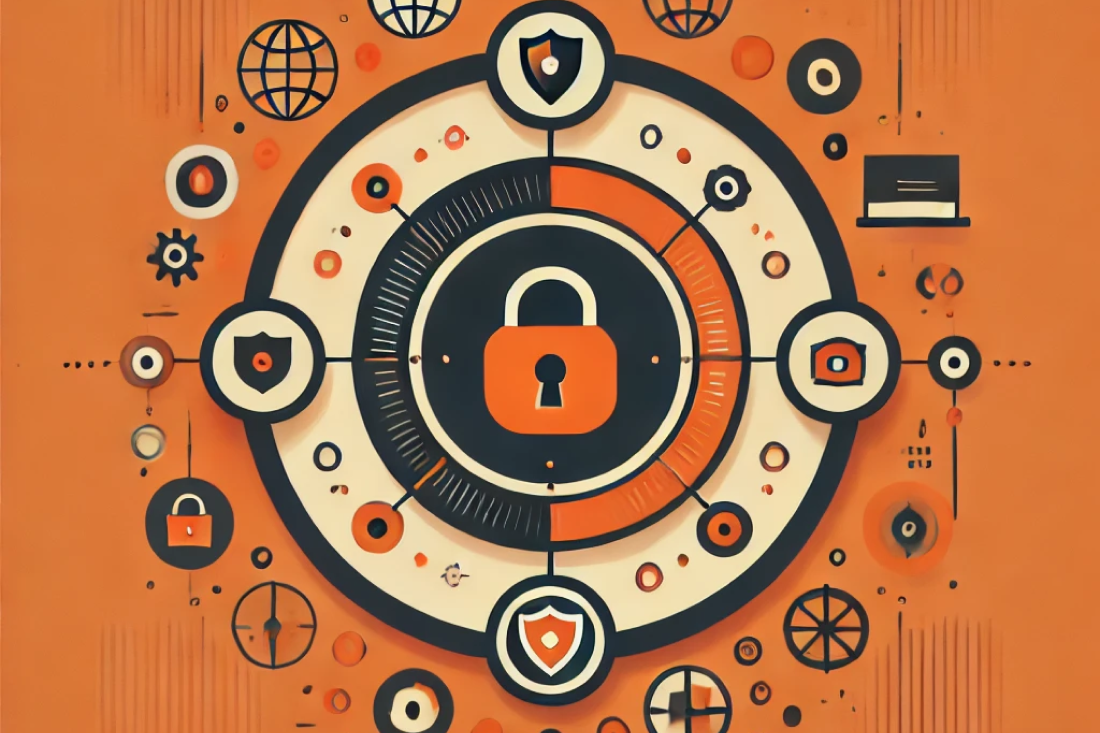In today’s digital landscape, cyber threats are an ever-present danger for organisations. The Essential 8, developed by the Australian Cyber Security Centre (ACSC), offers a robust set of strategies designed to help organisations bolster their cybersecurity defences. This comprehensive guide aims to assist organisations in adopting the Essential 8 framework effectively, ensuring that they can mitigate the risks posed by cyber threats and protect their critical assets.
Understanding the Essential 8
The Essential 8 framework comprises eight key mitigation strategies that provide a baseline for cybersecurity. These strategies are:
- Application Control
- Patch Applications
- Configure Microsoft Office Macro Settings
- User Application Hardening
- Restrict Administrative Privileges
- Patch Operating Systems
- Multi-factor Authentication (MFA)
- Regular Backups
Each of these strategies addresses specific vulnerabilities and collectively they form a comprehensive defence against various cyber threats.

Illustrating the Essential 8 framework: eight key cybersecurity strategies to form a comprehensive defence against various cyber threats | Empire Technologies
1. Application Control
Objective: Prevent the execution of unapproved and potentially malicious software.
Implementation Steps:
- Develop a Whitelist: Create a list of approved applications that are allowed to run on your systems. This list should be maintained and regularly updated.
- Deploy Application Whitelisting Software: Use software tools to enforce the whitelist and prevent unauthorised applications from executing.
- Monitor and Review: Continuously monitor application usage and review the whitelist to ensure it remains up-to-date and relevant.
Best Practices:
- Start with a pilot program to test the application control measures in a controlled environment.
- Engage users in the process to ensure that necessary applications are included and minimise disruptions.
2. Patch Applications
Objective: Ensure that applications are up-to-date and secure against known vulnerabilities.
Implementation Steps:
- Automate Patch Management: Implement automated patch management solutions to keep applications updated with the latest patches.
- Prioritise Patches: Focus on patching critical vulnerabilities first, especially those that are known to be exploited in the wild.
- Regular Scanning: Conduct regular vulnerability scans to identify unpatched applications and prioritise remediation.
Best Practices:
- Develop a patch management policy that outlines the process for applying patches.
- Communicate the importance of patching to all stakeholders to ensure timely updates.
3. Configure Microsoft Office Macro Settings
Objective: Reduce the risk of malicious macros by controlling their execution.
Implementation Steps:
- Disable Macros by Default: Configure Microsoft Office to disable macros by default and only allow them for trusted documents.
- Enforce Macro Signing: Require that all macros are digitally signed by a trusted source before they can be executed.
- User Education: Educate users on the risks associated with macros and how to recognise potentially malicious documents.
Best Practices:
- Regularly review macro settings and policies to ensure they align with current threat intelligence.
- Monitor macro activity and investigate any suspicious behaviour.
4. User Application Hardening
Objective: Reduce the attack surface of user applications by disabling unnecessary features and tightening security settings.
Implementation Steps:
- Disable Unnecessary Features: Turn off features in user applications that are not required, such as Flash and Java, to reduce potential attack vectors.
- Configure Security Settings: Apply security settings that enhance protection, such as enabling security features in web browsers and email clients.
- Keep Applications Updated: Regularly update user applications to ensure they have the latest security patches.
Best Practices:
- Conduct regular audits of application settings to ensure compliance with security policies.
- Provide users with guidelines on how to configure their applications securely.
5. Restrict Administrative Privileges
Objective: Minimise the risk of privileged accounts being compromised.
Implementation Steps:
- Principle of Least Privilege: Implement the principle of least privilege by granting users only the access necessary to perform their duties.
- Privilege Management Tools: Use tools to manage and monitor administrative privileges, ensuring they are only used when necessary.
- Regular Audits: Conduct regular audits of administrative privileges to ensure they are appropriate and necessary.
Best Practices:
- Implement multi-factor authentication (MFA) for all administrative accounts to add an extra layer of security.
- Provide training for administrators on secure practices and the importance of privilege management.
6. Patch Operating Systems
Objective: Ensure that operating systems are up-to-date and secure against known vulnerabilities.
Implementation Steps:
- Automate OS Patching: Use automated tools to ensure operating systems are regularly updated with the latest security patches.
- Prioritise Critical Patches: Focus on patching critical vulnerabilities first, especially those affecting internet-facing systems.
- Regular Scanning: Conduct regular vulnerability scans to identify and remediate unpatched systems.
Best Practices:
- Establish a patch management policy specifically for operating systems.
- Communicate the importance of operating system patching to all stakeholders.
7. Multi-factor Authentication (MFA)
Objective: Enhance authentication processes to prevent unauthorised access.
Implementation Steps:
- Deploy MFA: Implement MFA for all critical systems and applications, particularly those accessible from the internet.
- User Training: Educate users on the importance of MFA and how to use it effectively.
- Continuous Monitoring: Monitor MFA usage and investigate any anomalies.
Best Practices:
- Use a combination of factors (e.g., something you know, something you have, and something you are) for robust authentication.
- Regularly review and update MFA policies to reflect evolving threats.
8. Regular Backups
Objective: Ensure that data can be restored in the event of a cyber incident.
Implementation Steps:
- Automate Backups: Implement automated backup solutions to ensure critical data is regularly backed up.
- Secure Storage: Store backups in a secure, offsite location to protect against physical disasters and cyber incidents.
- Test Backups: Regularly test backups to ensure they can be restored successfully and data integrity is maintained.
Best Practices:
- Develop a comprehensive backup policy that defines the frequency and process for backups.
- Train staff on backup procedures and the importance of regular backups.
Building a Cyber Resilient Organisation
Adopting the Essential 8 framework is a critical step towards building a cyber resilient organisation. However, effective implementation requires a strategic approach, continuous monitoring, and ongoing education.
1. Strategic Approach:
- Assessment and Planning: Start by conducting a thorough assessment of your current cybersecurity posture. Identify gaps and prioritise actions based on the risk they pose to your organisation.
- Policy Development: Develop comprehensive policies that outline the implementation and management of each Essential 8 strategy. Ensure these policies are aligned with industry standards and best practices.
2. Continuous Monitoring:
- Security Operations Center (SOC): Establish a SOC to monitor and respond to cybersecurity incidents in real-time. This will help in early detection and mitigation of potential threats.
- Regular Audits: Conduct regular security audits to ensure compliance with the Essential 8 framework. Use the findings to improve your security measures continuously.
3. Ongoing Education:
- User Training: Regularly train employees on cybersecurity best practices, the importance of each Essential 8 strategy, and their role in maintaining security.
- Awareness Campaigns: Run continuous awareness campaigns to keep cybersecurity top of mind for all staff members.

Adopting the Essential 8 framework is crucial for building a cyber resilient organisation through strategic implementation, continuous monitoring, and ongoing education | Empire Technologies
Conclusion
The Essential 8 framework provides a solid foundation for organisations to enhance their cybersecurity defences. By implementing these strategies effectively, organisations can mitigate the risks posed by cyber threats and protect their critical assets. Remember, cybersecurity is a continuous journey that requires constant vigilance, regular updates, and ongoing education.
For more detailed information and resources, organisations can visit the ACSC’s Essential Eight page (Cyber.gov.au) (Cyber.gov.au) (Cyber.gov.au). By staying informed and proactive, organisations can better protect their digital assets and ensure their long-term security and resilience.
Essential 8